Mobile phone usage/ or not, when driving – helpful tips

Please see below helpful tips regarding new laws for mobile phone usage when driving a car in Australia, taken from Driver Training Association News Letter end 2013.
>>>>> Mobile Phone Usage/ or not, when driving a car Australia 2014 <<<<<<
Get Your Drivers Licence In Melbourne with our High Pass Rate!
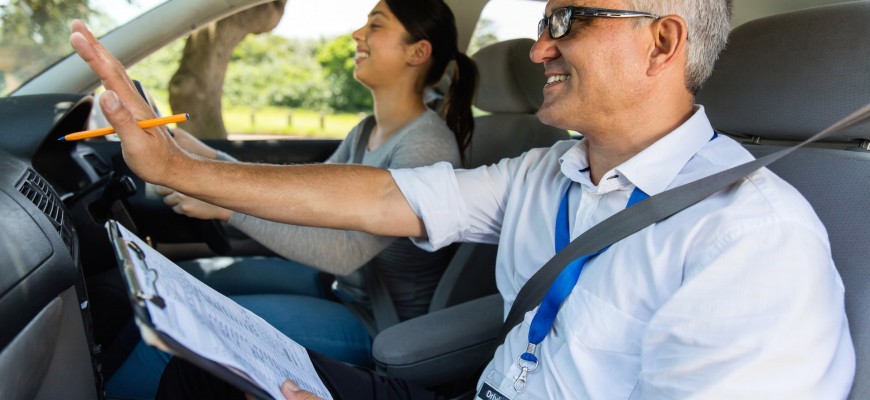
Getting your drivers licence can be a challenge – our high pass rate improves your chances dramatically! Wherever you go for your drive test, be it Burwood, Mooroolbark or anywhere else, we’ll be there to make sure you perform your best. We offer lessons and accompanying instructors for drive tests at affordable rates.
Getting to 120 hours is only part of the picture – what you really need is 120 good hours. What you learn on the roads whilst on your learner’s permit will set you up for a lifetime of driving – if the right lessons don’t sink in, your driving skills may be compromised with serious or even fatal consequences.
Eastern Suburbs Driving School boasts a high first-time pass rate for all of its students, and aims to equip its students with all the tools they need to be safe, efficient drivers. Many students choose to take their drive test in Burwood thanks to its central location and capacity. Depending on your location, we can arrange driving lessons in the area so that you’ll be prepared when the big day arrives. We also have extensive experience with Mooroolbark, another popular testing location. Get to know the streets before you head out for your drive test.
What’s more, our instructors can accompany you during your test for an additional sense of guidance and security. Prior to the test, your instructor will endeavour to get you in the right mindset for success. Remember, the drive test is the culmination of everything that you have learned during your time as a learner driver. Don’t muck it up – call Eastern Suburbs Driving School today, and find out what we can do to help you get your licence!
Hazard Perception Test –
For Driving Lessons
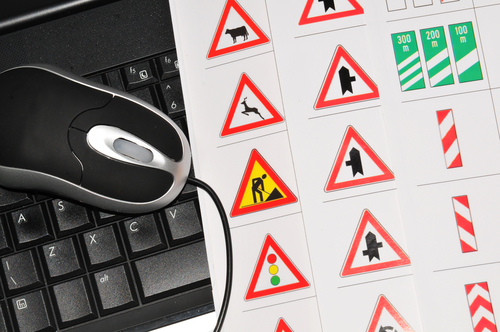
When you’re driving, you need to observe the environment and quickly respond to hazards that may appear unexpectedly. The Hazard Perception Test is a computer based test that you must pass before you do the driving test. It has 28 scenarios and you have 45 minutes to complete this test. The pass mark for this test is 54%.
If you follow this guide, you should not have any difficulty in understanding and passing this test.
- Attempt All 4 practice items at the start and if you get any of these wrong repeat all 4
- Read the instructions carefully so that you understand what is required.
- Check your speed on the Speedo on the monitor.
- Assess what the hazard is and when you need to react.
- React to the hazard as per the instructions.
- Don’t panic and react before the hazard eventuates.
- Don’t wait until you almost crash before reacting.
- There are some items where No reaction is required.
Driving Lessons and Safety
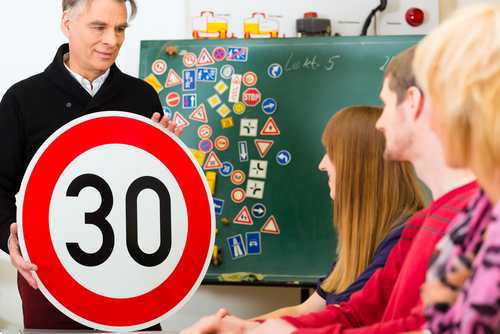
Young drivers are at the highest risk of any age group when it comes to fatal car accident statistics. Although Learner drivers are new to the roads and generally have no prior experience driving, they have the lowest fatality rate of any age group on our roads. Why do young drivers go from being innocuous to the most dangerous demographic of drivers? It’s all got to do with attitude. Young drivers relish the freedom when they finally obtain their P’s. As a consequence, there’s a lot that can go wrong.
Learning to drive without a qualified instructor is detrimental to the ability of young drivers. Though many parents are confident and often considered ‘good’ drivers, bad habits naturally accumulate with age. These are transferred to your children, possibly by accidental misinformation or lenient supervision. It’s nothing personal – we’re all human and make mistakes, after all, but don’t you want the best for your child?
Most learner drivers need some formal instruction to simply pass their Probationary Licence Test – parent supervision alone isn’t usually enough. However, to further ensure their safety on the roads, you need a patient, knowledgeable instructor who will guide your child through the ins and outs of driving. Doing so will enculture them with safe driving habits, making them less likely to take dangerous risks on the road.
Henceforth, Eastern Suburbs Driving School’s mission is to create drivers who will not only pass their P plate test, but also make safe, rational decisions on the road to protect themselves and those around them.
A Good Drive School – A Good Driver
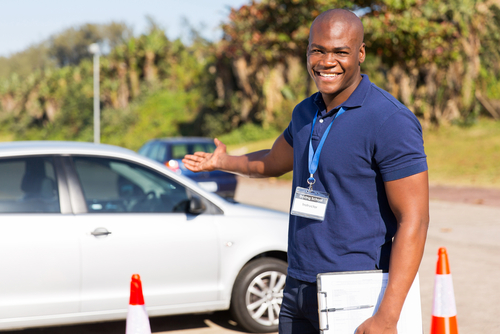
You can tell a good drive school by its instructors. A reputation for excellent driving education rests squarely on the shoulders of the teachers themselves. To ensure that the next generation of drivers are considerate on the road and capable of safe decision-making, it’s vital to supply Learners with effective, clear driving instruction whilst remaining patient and alert to any possible problems along the way.
A good drive school selects only the best instructors in their field, with a significant wealth of experience. They must be skillful educators and know the rules of the road inside-out.It’s their overriding goal to ensure that their students receive the best possible chance of passing their drive test and becoming a safe, skilled driver.
There are a few crucial skills to look for when selecting a top-notch instructor. Patience is an essential virtue. Many young drivers make mistakes when they start out, and it’s important to build their confidence despite this. Driving instructors need to foster a good relationship with their students during their driving lessons to make sure that the learning experience is ingrained.
To obtain their probationary licence, or ‘P-plates’, a learner must be able to assure their assessor that they know how to make appropriate decisions on the road and that they abide by traffic laws. A driving school such as ESDS will cover all the bases for the learner driver, giving them the skills they need to pass their P-plate drive test.
A reputable drive school is based on a solid foundation of professional instructors. Book with us, and you can’t go wrong!
More For Parents Of Young Drivers

It’s essential for young learner drivers to get independent driving experience outside of their driving lessons. Indeed, most of their 120 hours will be made up of this experience, and the way that you drive with you child will hence affect them most. Our driving coaches impart valuable techniques, but unfortunately a lesson doesn’t go for 120 hours! There are a few things you can do while driving with your child that will help them maintain and practice the techniques developed during their lessons.
First and foremost, brush up on the road rules. Though most of us have been driving for many years, we’re often sketchy when it comes to the actual rules of the road. This fact shows up in our driving, and carries over to our children whose ignorance can have dangerous consequences. We recommend that you read ‘The Road To Solo Driving Handbook’ on the VicRoads website. Thus, if your child has any questions for you as a supervising driver, you can inform them correctly.
Another idea is to communicate with your child’s driving instructor. Our driving instructors are very friendly and personable, and are more than happy to answer any queries you may have about the progress of your child’s driving. They can also help you find deficiencies in your own driving style, and recommend ways of dealing with these so that you child doesn’t pick them up.
Parents play a role in their child’s driving just as important as that of their driving instructor. By assuming the duties of a supervising driver, you cease to become simply a passenger and become highly involved in you child’s driving. It’s important that you know the rules and be wary of passing on poor driving habits. Do this, and what your child learns in his or her lesson will stick and be well worth the investment. Call us today to find out more.
Interesting Facts — Did you Know?

The ADTA attended the Australian College of Road Safety Conference in Melbourne in September and obtained some interesting information.
For instance……
- Australia is now outside the top ten OECD countries for road fatalities. The safest countries are Sweden, The Netherlands and The United Kingdom.
- By 2020 road deaths will be the third most common cause of death
- 10% of drivers are involved in 50% of crashes
- Fatigue contributes to 20% of crashes
- 90% of crashes are due to the behaviour / performance of the driver as opposed to driving conditions, vehicle malfunction or road structures.
- A teenage driver travelling with a teenage passenger is 50% more likely to be involved in a crash.
- Ten years ago there was only 5 one star ANCAP rated cars available. Now three quarters of new cars have 4 or 5 stars.
- A 2 star car has double the accident / injury risk of a 5 star car.
- Probationary drivers would be 80% safer if they drove 5 star cars, which would equate to 15% less road fatalities.
- Wire rope barriers and bitumen on the side of roads with ripple strips lead to a 60%-90% decrease in serious injuries and fatalities.
- Sweden has a default speed limit of 70kmph, compared with ours which is 100kmph
- {Information provided by Australian Driver Trainers Association {Vic} Inc.
Lessons for the Long Term

Too many learner drivers tend to spend the duration of their permit with one goal above all else – passing the drive test and getting their probationary licence. While this may seem self-evident at first, we want to remind learners that getting their licence is actually only secondary – the main aim of learning to drive is just that, learning to drive, safely and confidently.
Anyone with enough time can get the required 120 hours. What distinguishes good drivers from bad ones is the quality of those hours. If a learner spends all their time picking up bad driving habits from their supervisors, driving in a small range of conditions and ignoring the rules of the road, they are more likely to have serious accidents and engage in ‘hooning behaviour’.
At ESDS, we focus on equipping the learner with the skills that they need to drive safely and confidently in the long run, not just well enough to get their licence. We believe that driver education leads to greater safety for everyone on our roads, and we do all we can to facilitate it.
We provide lessons at competitive rates with competent instructors. All of our instructors are patient and equipped to handle learners of any skill level. We highly recommend driving lessons to improve the quality of the learners driving, enable them to pass the probationary licence drive test and ultimately become a safe, sensible driver on the road. Give us a call to arrange your next lesson!
Driving Lessons in Winter Weather

The winter months can be the most hazardous for drivers. Heavy rain, fog and even ice and snow all pose risks on the road. Slow traffic through peak-hour rain can provoke dangerous road-rage and driving can get ever-more aggressive at this time of the year. It’s important that learner drivers learn how to manage these risks effectively and negotiate difficult conditions safely and confidently.
There’s no time like winter to start with professional driving lessons. With ESDS, a professional instructor is there to guide learners through every aspect of driving, including parking techniques, road rules, navigation, road courtesy and, most importantly, road safety. In difficult driving conditions, it’s easy for inexperienced driver to panic. This unfortunately increases their risk of having an accident. Driving lessons builds a learner driver’s confidence and enables them to make sound decisions no matter what the conditions are like.
Our instructors will guide learners through situations particular to winter road conditions, should they arise. For example, when do you use your high-beams (fog lamps)? How fast should you go in the wet? How do you anticipate what other drivers will do in low light conditions? What will cause you to lose control of the car? All of these are important skills, not only for passing the drive test, but also for your safety in the future. Call us today to arrange your driving lesson.
Turning Arrows

Turning arrows can be tricky for someone who is just learning to drive. Though they may seem straightforward to experienced drivers, there are actually many turning rules that learner drivers may not be aware of.
Take, for example, turning lanes. If you are in the leftmost turning lane, you may turn into the left or middle lanes, but not the right lane. If you are in the right lane, you may ONLY turn into the right lane. This can get tough when you take trucks into account – remember, if a truck is in the right turning lane, you need to take extra care not to overtake it, or else you could end up running off the road! Thankfully, trucks usually turn in the leftmost lane.
Learners should also bear in mind that the turning lane lights often go through their cycle quickly. It’s important not to dawdle when you turn, otherwise you could leave the rest of the the queue with a headache. Instead, turn as quickly as it is safe to do so. You still need to leave appropriate distance between you and the incoming car though! An ESDS Driving Instructor will teach you how to balance these finicky aspects of driving, improving your skills in the long term and giving you the best chance at passing your drive test. Book your lesson today!
Car Maintenance for Learners
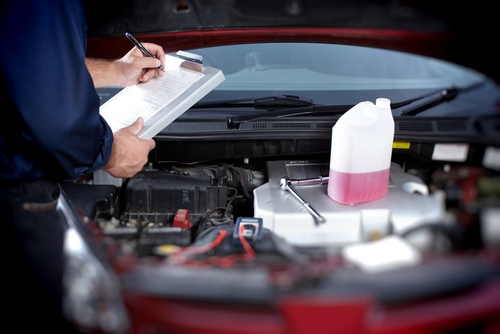
Most learner drivers need not worry about car maintenance, as they often use their parent’s cars for practice. However, proper car maintenance is an important part of car ownership and will play an important role in a driver’s financial life. It’s thus important that learner’s know the basics of keeping cars maintained as part of their driver education.
The general guidelines are to service your car every six months or so (~10,000 km), though this varies significantly depending on your driving habits and what kind of car you drive. Building a good relationship with a mechanics is very important, as it will enable you to get a good feel for what is going on with your car at any point in time. You can also save money by servicing your car yourself, though this takes time and sometimes training.
Learners can gain an insight into what car maintenance involves by accompanying the car owner to the garage at their next service. Ask questions, and get involved!
Buy 5 Driving Lessons – Get One Lesson Free
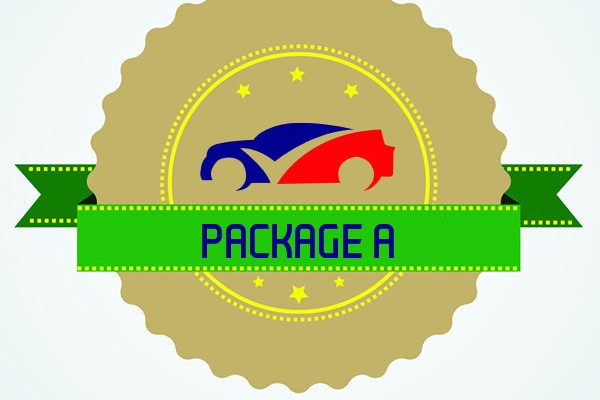
Buy 5 One Hour Driving Lessons – Get One Hour Lesson Free


